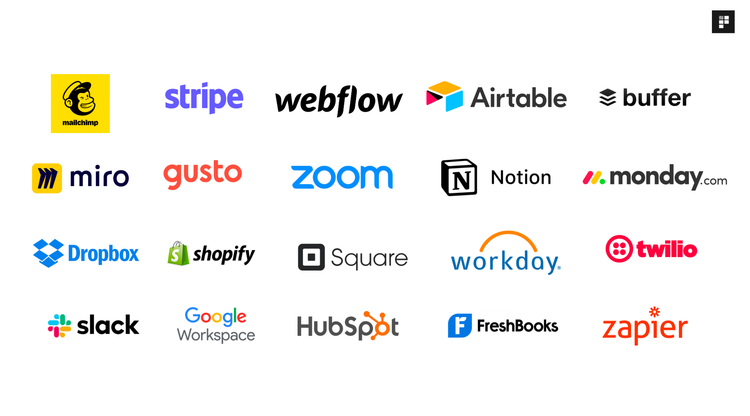Leveraging Analytics: Turning Your SME Data Into Business Growth

Introduction
In Singapore’s competitive SME landscape, the ability to turn raw business data into actionable insights is often the key to outpacing your rivals—and securing measurable growth. Powerful analytics doesn’t have to be exclusive to enterprise giants. Thanks to cloud-first, vendor-agnostic tools and unbiased IT support, small and medium-sized enterprises can now rely on flexible, affordable solutions tailored to their needs, sidestepping hidden costs, complex vendor lock-ins, and unmanaged risk.
In this article, we’ll break down practical strategies for Singaporean SME leaders to effectively collect, secure, and analyze business data, highlight the advantages of shifting from CAPEX to OPEX with cloud analytics, and explain how unbiased managed IT services can safeguard your data-driven transformation.

1. Laying the Foundation: Data Collection Best Practices for SMEs
Before you can analyze, you must collect and structure your data. Small businesses often accumulate information from multiple sources: sales transactions, website visits, customer queries, and operational workflows. The challenge is to ensure this data is accurate, consistent, and securely stored.
Best Practices:
- Centralize Data Storage: Adopt a cloud-first approach by using integrated platforms (e.g., Google Workspace, Microsoft 365). This ensures all your data is accessible, standardized, and securely stored—paving the way for seamless analytics.
- Automate Data Ingestion: Use modern ETL (Extract, Transform, Load) tools or native connectors (like n8n, Power Automate) to automatically collect data from various systems—reducing manual entry errors.
- Set Data Quality Checks: Implement processes to regularly clean, validate, and deduplicate data. This avoids costly analysis mistakes down the road.

2. Unbiased, Vendor-Agnostic Analytics Tools: Why They Matter
Many IT providers push their “preferred” analytics platforms, often tied to lucrative vendor rebates or proprietary lock-ins. As a result, SMEs end up with rigid solutions that don’t fit evolving needs or budgets.
Vendor-agnostic approach highlights:
- Freedom of Choice: Engage an IT partner that evaluates all suitable analytics and BI options—including Google Looker Studio, Microsoft Power BI, Tableau Public, or open-source tools—ensuring recommendations are based solely on your needs and use cases, not vendor sales targets.
- Custom Fit: Start with what you need (dashboarding, basic predictive analytics, etc.) and scale up. A provider-agnostic MSP can help you avoid over-investing in features you’ll never use.
- Cost Control: Without reseller mark-ups or quotas, you gain true cost transparency and can shift budget towards solutions that drive direct business value.

3. Cloud Analytics: Shifting from CAPEX to OPEX for Agility and Growth
Traditional on-premise analytics requires expensive servers, software, and specialist maintenance — a capital-intensive (CAPEX) investment that can strain SME budgets. With modern cloud analytics platforms, you transition to an operational expense (OPEX) model:
- Pay-as-you-grow: Only pay for storage, compute, or user licenses as needed. Scale up or down based on business demand without upfront hardware costs.
- Rapid Deployment: Launch dashboards and reports within days, not months. Updates and new features are deployed automatically, reducing IT overhead.
- Access Anywhere: Empower remote and hybrid teams to access insights securely, whether in the office, at home, or on site with clients.
Example:
A Singapore SME in retail migrates its sales and inventory data into Google BigQuery (cloud data warehouse) and visualizes trends with Looker Studio—identifying fast-moving products and optimizing orders weekly. Costs are tied to usage, not heavy on-prem CAPEX commitments.

4. Data Security and Compliance: Safeguarding Growth in the Cloud
Regulations like Singapore’s PDPA require businesses to handle personal data responsibly—especially when leveraging analytics. Cloud-first does not mean “less secure”—in fact, leading cloud platforms often exceed on-prem standards.
Key recommendations:
- Choose cloud providers with strong regional compliance credentials (ISO 27001, PDPA-readiness, etc.).
- Encrypt data at rest and in transit. Leading analytics and BI tools offer built-in security features—ensure your partner configures these from day one.
- Implement access controls and audit logs. Ensure only authorized staff access sensitive data, and regularly audit for anomalies.
- Schedule data retention reviews. Only store data as long as required; archive or delete what's no longer necessary to minimize breach risk.
5. Transparent, Unbiased IT Support: Maximizing the ROI of Analytics
A transparent, “fee-only” managed IT partner empowers SMEs to make smarter choices throughout their analytics journey:
- No bias towards any platform or vendor: All advice is focused on helping you achieve your goals at the lowest total cost.
- Clear, fixed pricing: Avoid hidden markups and nasty surprises—know exactly what you’re paying for.
- Continuous optimization: Regular IT health checks, security reviews, and analytics audits to ensure your BI environment remains efficient, compliant, and aligned with your business strategy.

6. Step-by-Step Guide: How to Start Your Analytics Journey
- Assess business needs: Define what business questions you want answered (e.g., which product lines are most profitable? Where is customer churn highest?)
- Map data sources: Identify and connect data from sales, marketing, finance, web analytics, and other key systems.
- Select an analytics platform: With unbiased guidance, pick a vendor-agnostic, cloud-based tool that aligns with your goals and technical requirements.
- Implement security and compliance controls: Configure access, backup, encryption, and compliance measures.
- Build dashboards and set KPIs: Visualize your data in easy-to-interpret dashboards; set measurable KPIs for growth.
- Review and optimize: Schedule quarterly reviews with your IT partner to refine reports, add new features, or respond to changes in your business or regulations.
7. Common Pitfalls to Avoid
- Jumping on the “hottest” BI tool without clear objectives. Let analysis follow your strategy—not the other way around.
- Underestimating data quality needs. Garbage in, garbage out; poor data costs more than you think.
- Falling for vendor lock-in. Prioritize platforms that offer easy data export, interoperability, and open APIs.
- Ignoring compliance obligations. Regulations like PDPA apply even in the cloud; secure and audit your environment.
- Dismissing the need for unbiased IT guidance. The cheapest—or most heavily marketed—solution isn’t always right for your business.

Conclusion
Singaporean SMEs are uniquely placed to leverage the agility and power of modern analytics—especially when guided by a transparent, cloud-first, vendor-agnostic IT partner. By following data collection best practices, embracing OPEX-based cloud analytics, and keeping security and compliance front of mind, your business can unlock actionable insights and drive measurable growth—without surprise costs or hidden strings.
Ready to get started? Engage a provider who believes in your business, not just a brand or quota, and begin transforming your data into your greatest competitive asset.





